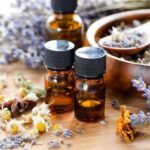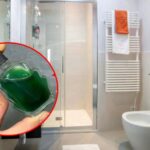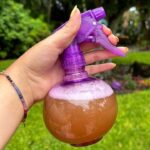1. Improve Indoor Air Circulation
One of the most common ways to improve indoor air quality is by using an effective ventilation system. This system helps circulate fresh air throughout your home and removes contaminated air. If your house or apartment doesn’t have a good ventilation system, consider using additional equipment such as energy recovery ventilators to improve air circulation.

Another option is to open your windows to let stale indoor air escape and welcome fresher, healthier outdoor air into your home. Proper air circulation can create a stable airflow, regulating temperature and humidity in the room.
2 Use Air Conditioners to Inhibit the Growth of Viruses and Bacteria
Air conditioners with features that release free OH radicals are ideal for absorbing the hydrogen of pollutants, such as viruses and bacteria, and inhibiting their activity, thus protecting your family’s health.
One such technology is Panasonic’s advanced nanoeTM technology. The nanoeTM X device releases 4.8 trillion OH radicals (10 times more than a standard nanoe device), breaking down odor-causing particles and effectively eliminating odors. Additionally, the OH radicals absorb hydrogen from viruses and bacteria, converting them into water and inhibiting their activity.
Another feature is the nanoeTM G device, which releases 3 trillion negative ions per second, penetrating every corner of the room. These ions attach themselves to dust particles, especially PM2.5, and trap them in the filter, neutralizing them.
LG’s Plasmaster Ionizer technology also helps remove health hazards like bacteria and viruses, cleaning up to 99.9% of bacteria and reducing unpleasant odors within 60 minutes through the following process:
- Step 1: The technology releases positive and negative ions into the air.
- Step 2: The ions H+ and O- capture air pollutants.
- Step 3: OH radicals are formed to capture the pollutants.
- Step 4: A chemical reaction occurs, causing the OH radicals to remove hydrogen from the pollutants.
- Step 5: The OH radicals combine with the hydrogen of the bacteria to form harmless water molecules (H2O), effectively eliminating the bacteria.

Samsung’s S-Plasma Ion technology actively generates Micro Plasma Ions (MPI), which kill disease-causing agents like flu viruses, bacteria, and mold spores in the air. These ions can kill up to 99.9% of harmful bacteria and viruses, creating a healthier indoor environment.
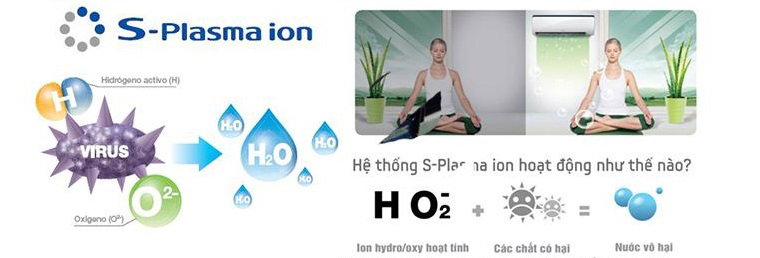
Working Principle:
- First: Negative ions are created and released into the air.
- Next: These ions attach themselves to bacteria, odor-causing cells, and dust particles.
- Finally: A positively charged filter attracts and neutralizes these particles.
Sharp’s Plasmacster ion (PIC) technology helps prevent the growth and spread of bacteria and mold, eliminating unpleasant odors such as pet and tobacco smells. It also prevents allergens like pollen and other dust particles from circulating in the air.
Working Principle:
- First: The filter releases Plasmacluster Ions into the air. These ions are similar to natural positive and negative ions and are covered with water molecules.
- Then: The OH- radicals attach themselves to bacteria in the air and break down their protein structure due to their high oxidizing ability.
- Finally: The OH- radicals combine with H+ molecules to form harmless water molecules (H2O) in the air, leaving a fresh and clean atmosphere.

Gree’s Cold Plasma technology protects your health by releasing trillions of H+ and O- ions to actively attack and kill bacteria. Combined with an 8-layer filter, this technology effectively eliminates bacteria.
It also removes odor-causing particles from the air, reducing up to 99% of allergens, 95% of harmful bacteria, and 85% of other viruses.
3 Use Air Purifiers to Capture and Neutralize Harmful Molecules
Air purifiers work based on the “吸引 – 排斥” principle, releasing negative ions to neutralize harmful positive ions, creating an electric wind effect to trap harmful molecules, especially fine PM2.5 dust particles, and neutralize them in the purifier’s filter. Then, it releases clean air, providing a more comfortable living environment.
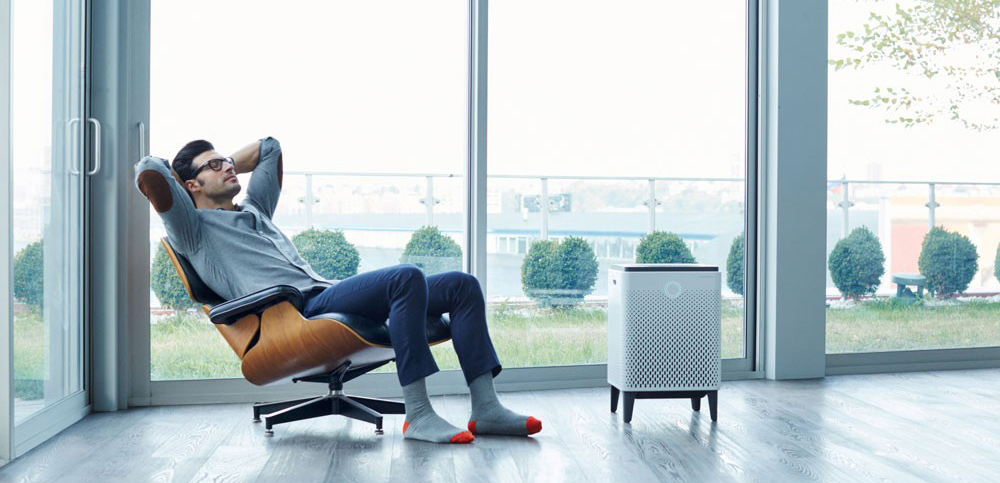
There are two main types of air purifiers on the market: HEPA air purifiers and ionizing air purifiers, each with a different working principle.
These purifiers draw air through a specially designed filter, trapping dust particles, smoke, pollen, and other pollutants. The clean air is then released back into the room. This process continuously repeats as long as the purifier is operating, ensuring a pollutant-free environment. If new pollutants enter the room, such as smoke or dust, the purifier will draw them into the filter and prevent them from recirculating.
Ionizing air purifiers work by releasing charged ions into the air, which attach themselves to harmful particles, making them heavier and causing them to fall to the floor or be attracted to a particle trap, where they can be manually or vacuumed away.
4 Use Essential Oils and Diffusers
According to research by American scientists, burning essential oils helps eliminate toxic gases and odors in the house. Using a high-quality essential oil diffuser not only inhibits the flu virus but also fills your space with a refreshing and pleasant scent.
Premium diffusers also release negative ions, which neutralize harmful positive ions (bacteria, viruses, mold spores, fine dust, etc.) floating in the air, improving your home’s air quality.
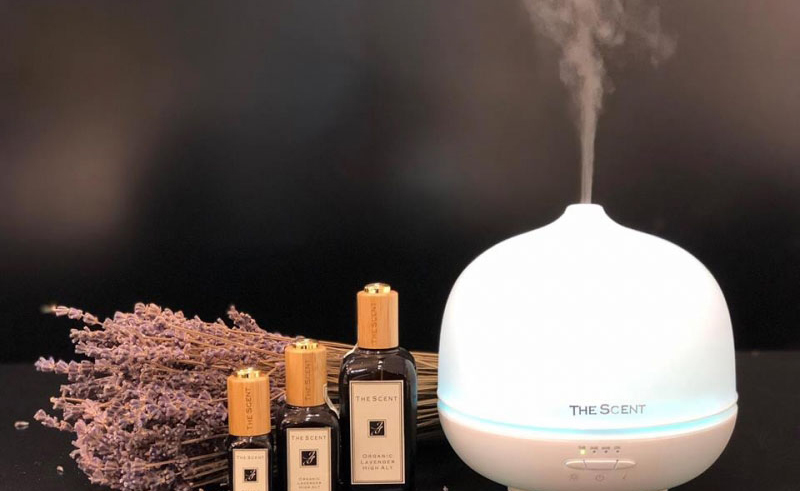
Here are some essential oils known for their air-purifying properties:
- Tea tree oil: Tea tree oil has natural antiseptic and antifungal properties, effective against mold. It’s ideal for eliminating mold growth and killing viruses and bacteria.
- Eucalyptus oil: Eucalyptus is extracted to treat respiratory problems and can eliminate bacteria and remove various toxins from the air.
- Lemongrass oil: Lemongrass oil has a mild, pleasant scent and strong antibacterial and antiviral properties. Its antibacterial and antiseptic characteristics hinder the growth of bacteria and viruses.
- Peppermint oil: Peppermint oil has a fresh scent and is known for its antifungal, antibacterial, and antiviral properties. With its antifungal, antiviral, and antibacterial qualities, peppermint oil is an excellent way to boost your immune system.
5 Air Purification with Houseplants
Indoor plants not only add a decorative touch to your home but also help purify the air, absorbing environmental pollutants and creating a healthier living space for your family.
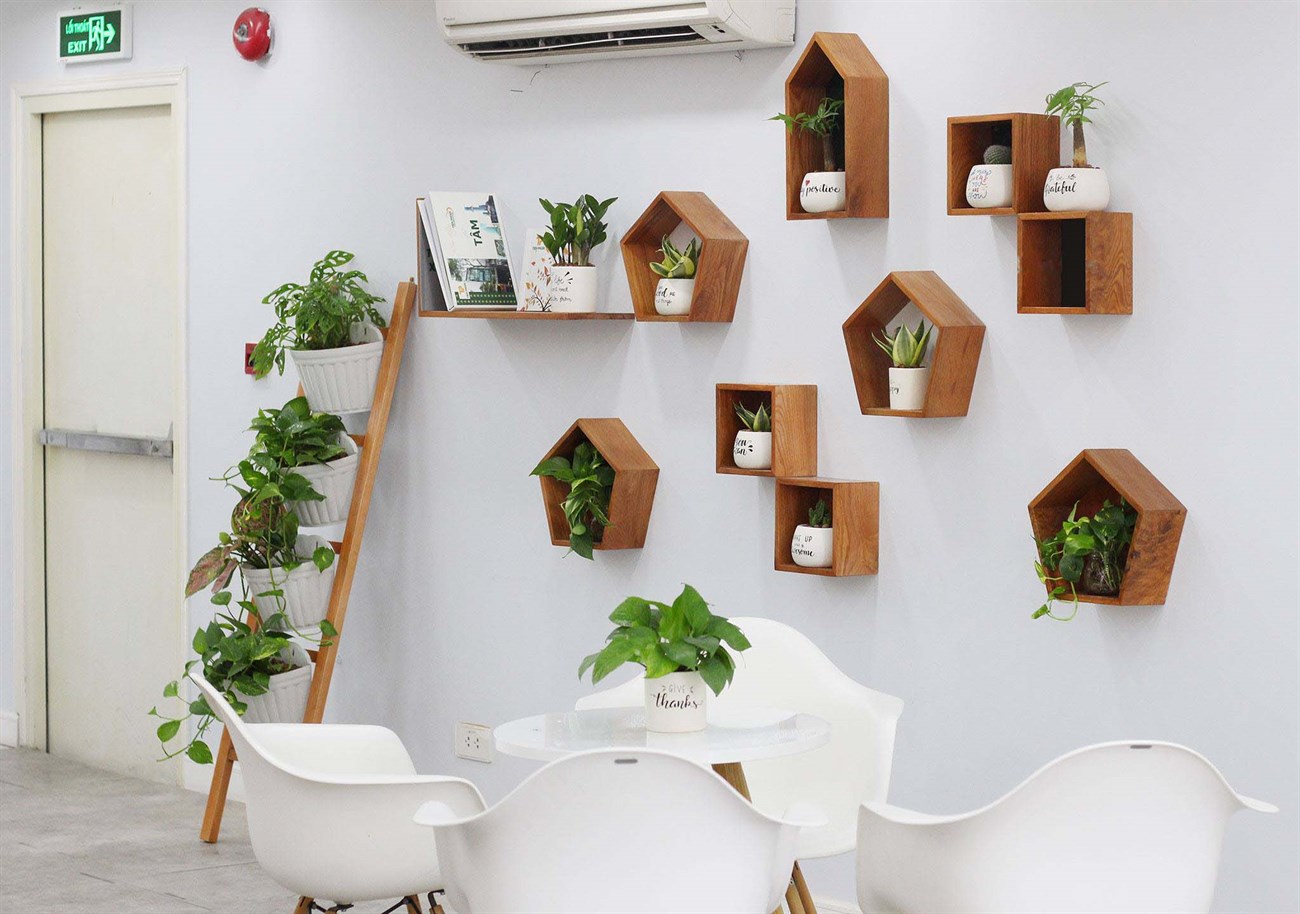
According to environmental scientist Bill Wolverton, it is recommended to have at least two pots of plants (with a circumference of about 25-30cm) in a 30m2 area.


























